Pilates workouts stand as a testament to the enduring quest for a balanced, strong, and flexible body. Rooted in principles that emphasize control, precision, and mindfulness, Pilates has transcended its origins to become a cornerstone of modern fitness regimens. This guide explores the essence of Pilates, its widespread popularity, and practical tips for integrating it into your fitness routine.
Table of Contents:
– What is Pilates workout?
– The popularity of Pilates workout
– Is Pilates workout good?
– How to choose a Pilates workout
– How to use a Pilates workout
What is Pilates workout?
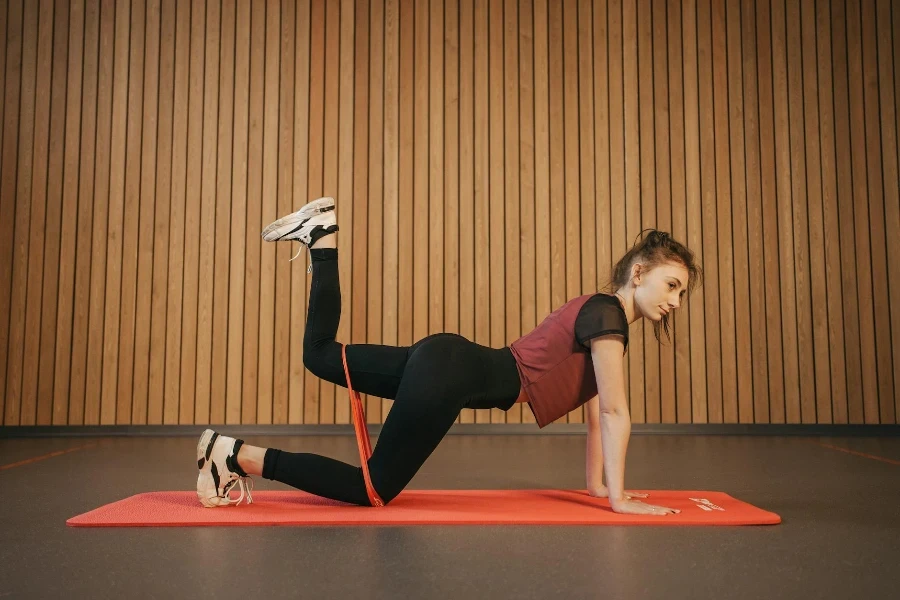
Pilates is a form of low-impact exercise that focuses on strengthening muscles while improving postural alignment and flexibility. Developed in the early 20th century by Joseph Pilates, it was initially conceived as a method of rehabilitation. Today, Pilates encompasses a series of controlled movements that can be performed on a mat or using special equipment, such as a reformer, which adds resistance to the exercises. The core, or “powerhouse,” is the focal point of Pilates, with each movement designed to strengthen the body’s center while simultaneously enhancing limb coordination and balance.
The popularity of Pilates workout
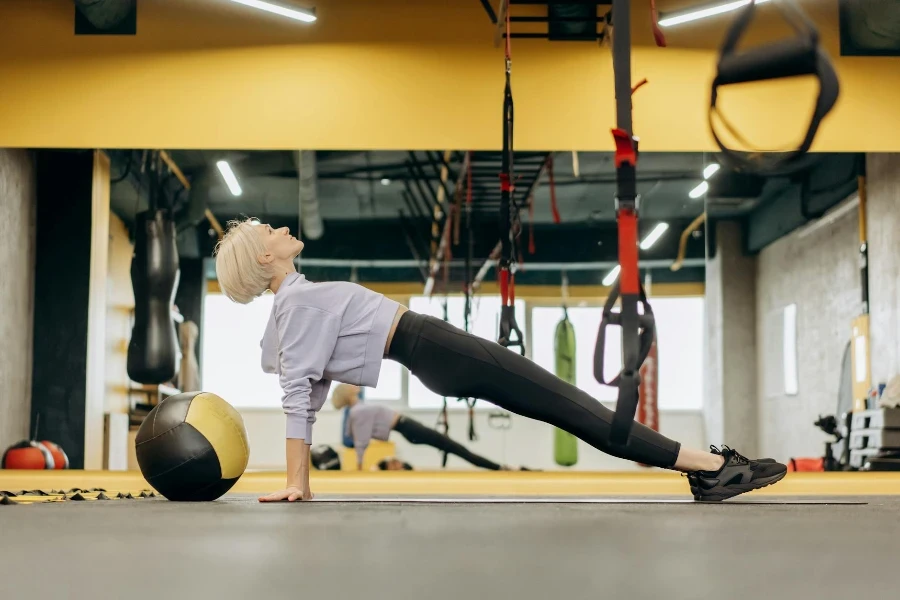
The global embrace of Pilates can be attributed to its adaptability and the profound benefits it offers. Athletes, dancers, seniors, and those in physical rehabilitation appreciate Pilates for its ability to improve flexibility, muscle tone, and body awareness without the risk of injury associated with high-impact exercises. Its emphasis on mindful movement and breathing techniques also contributes to its appeal, making it a holistic approach to fitness that nurtures both the body and mind. The proliferation of Pilates studios, online classes, and certified instructors has made it more accessible than ever, allowing people from all walks of life to incorporate Pilates into their fitness routines.
Is Pilates workout good?
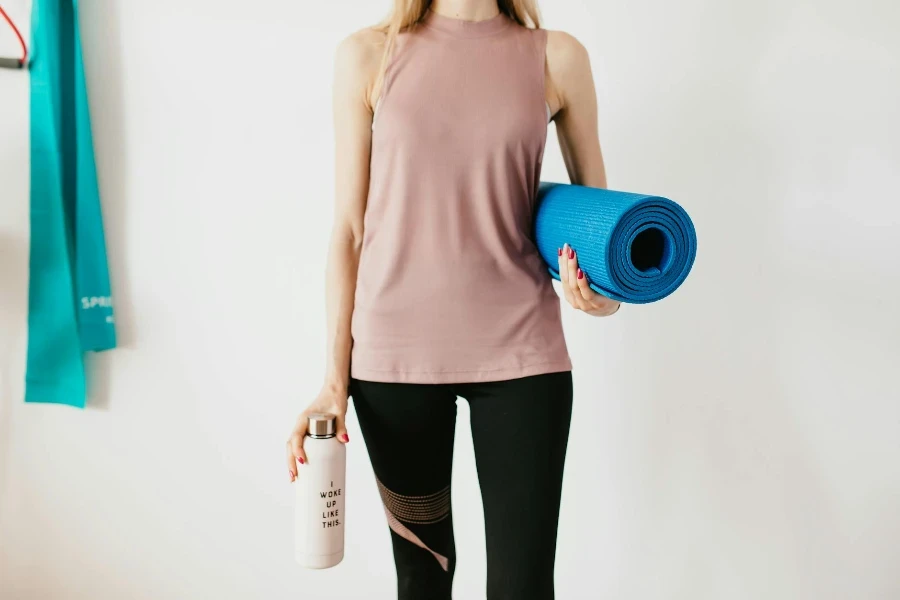
Pilates is not only good; it’s an exceptional workout regime for individuals seeking a balanced approach to physical fitness. Its emphasis on controlled, precise movements ensures a deep engagement of the muscles, leading to improved strength and posture without adding bulk. Pilates also enhances flexibility, agility, and endurance, making it an excellent complement to cardiovascular exercises and weight training. Moreover, the focus on breathing and mindfulness promotes relaxation and stress reduction, offering psychological benefits alongside physical improvements. Whether you’re recovering from an injury, looking to enhance your athletic performance, or simply seeking a more mindful approach to exercise, Pilates can be tailored to meet a wide range of fitness goals and needs.
How to choose a Pilates workout
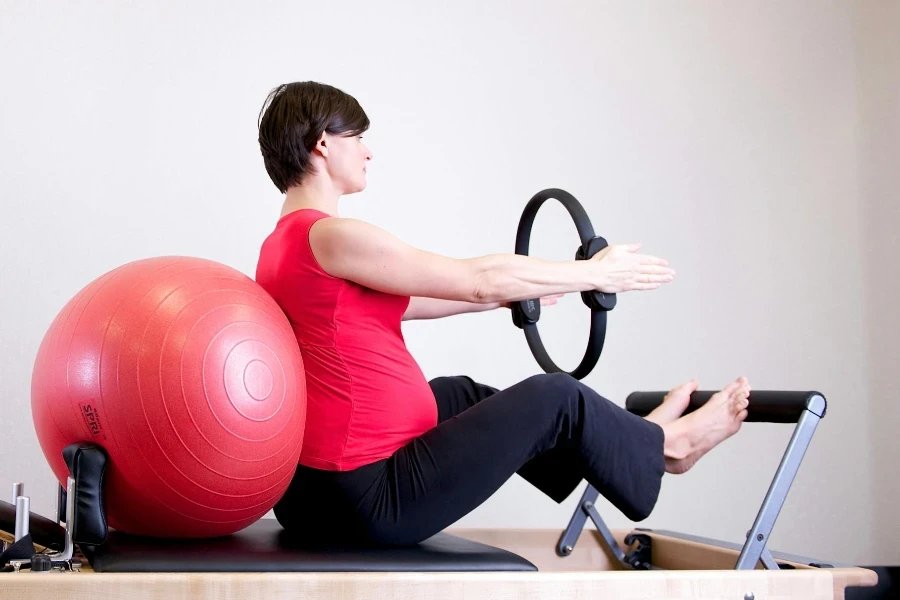
Choosing the right Pilates workout begins with understanding your fitness goals and current physical condition. For beginners, a mat Pilates class that focuses on the fundamentals is an excellent starting point. These classes typically require no special equipment and provide a solid foundation in Pilates principles. As you become more comfortable with the basic movements, you may wish to explore equipment-based Pilates, such as reformer classes, which offer increased resistance and a greater variety of exercises. It’s also important to consider the instructor’s qualifications; certified Pilates instructors have undergone comprehensive training to ensure they can guide you safely and effectively. Lastly, consider the class size and environment; a smaller class size allows for more personalized attention, enhancing your learning and development.
How to use a Pilates workout
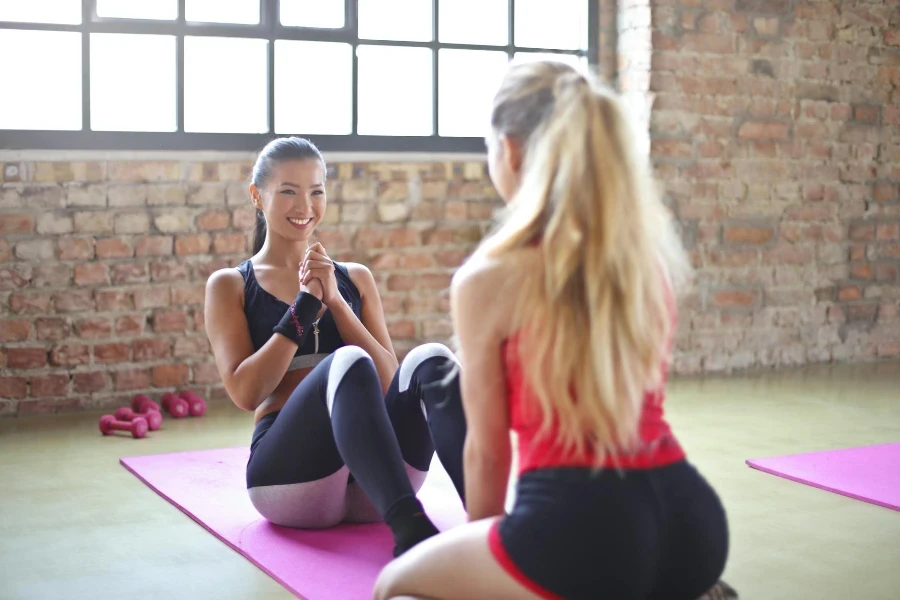
Incorporating a Pilates workout into your fitness regimen requires consistency and mindfulness. Start with two to three sessions per week, allowing your body to adjust to the new movements and challenges. Pay close attention to your body’s response to the exercises, and don’t hesitate to modify movements that cause discomfort or strain. Pilates is highly adaptable, and an experienced instructor can help tailor the exercises to your needs. As you progress, you may increase the frequency or intensity of your workouts, but always prioritize form and precision over speed or repetition. Remember, the goal of Pilates is not just physical transformation but the development of a deeper connection between mind and body.
Conclusion:
Pilates workouts offer a unique blend of strength, flexibility, and mindfulness that can significantly enhance your fitness journey. Whether you’re a seasoned athlete or new to exercise, Pilates provides a challenging yet accessible way to improve your physical and mental well-being. By choosing the right Pilates workout and incorporating it mindfully into your routine, you can unlock a new level of health and vitality.




